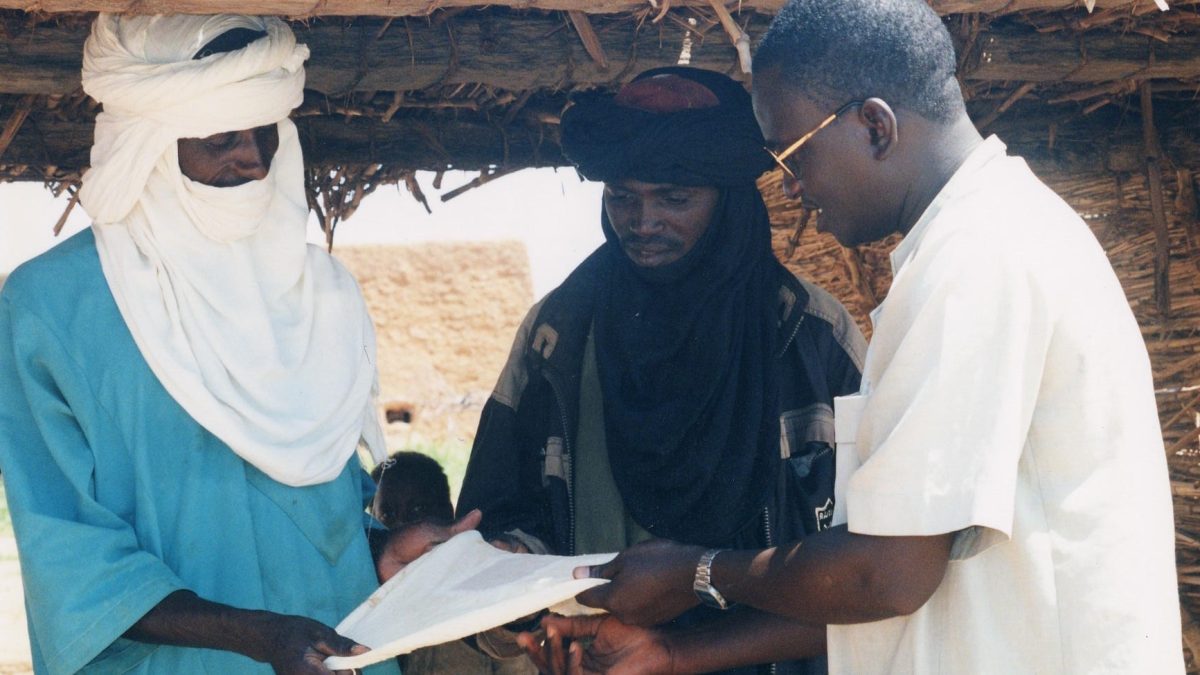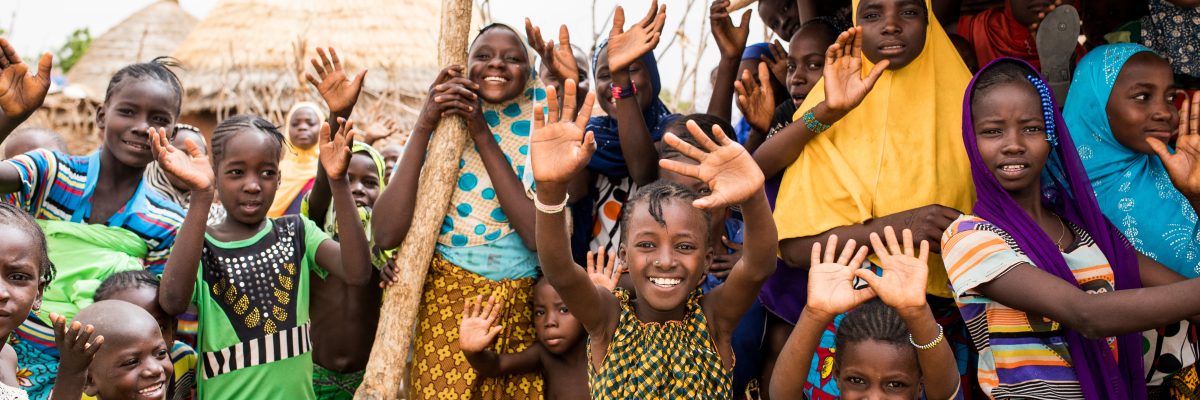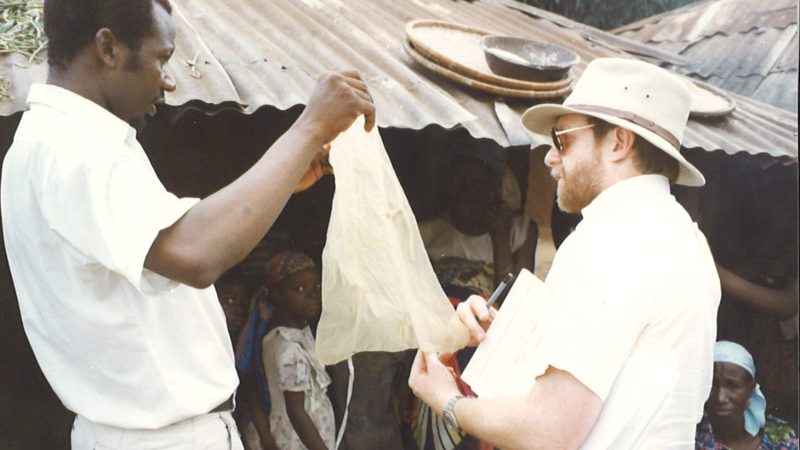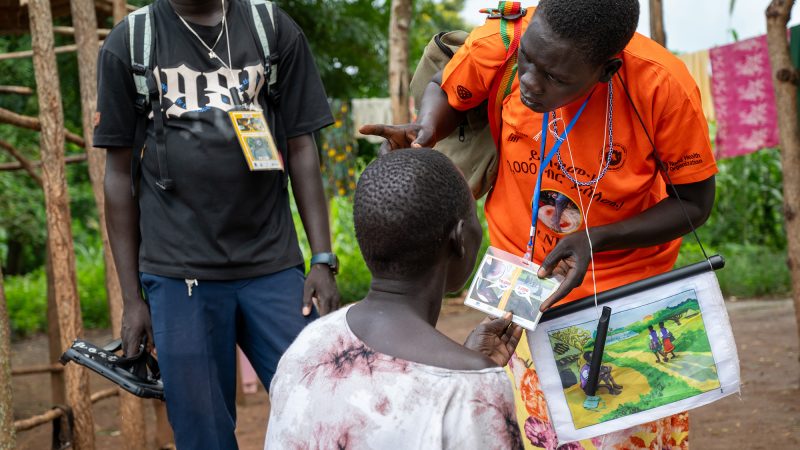Burkina Faso

Through a partnership with the government of Burkina Faso, The Carter Center helped the nation fight disease and build hope through agricultural development and disease eradication projects.
Impact
- WHO certified Burkina Faso free of Guinea worm disease in 2011

Discover Related Programs
Related Content
Global Impact Starts with You
Your support sustains the Carter Center's mission of waging peace, fighting disease, and building hope around the world.



